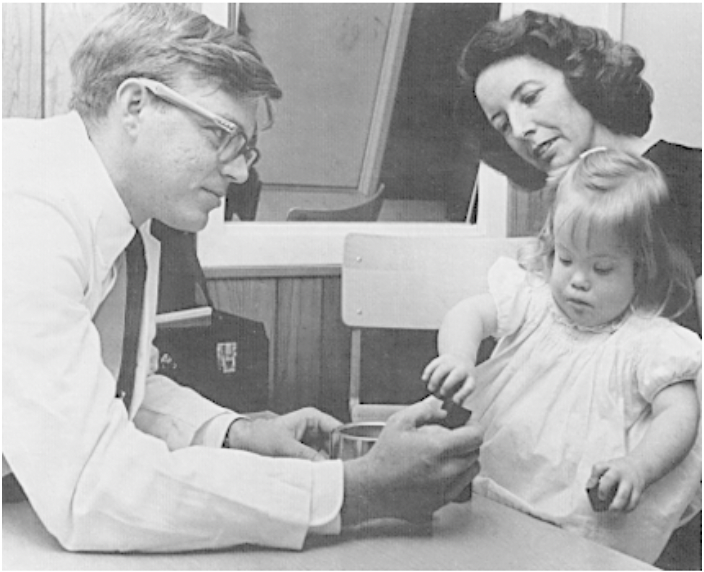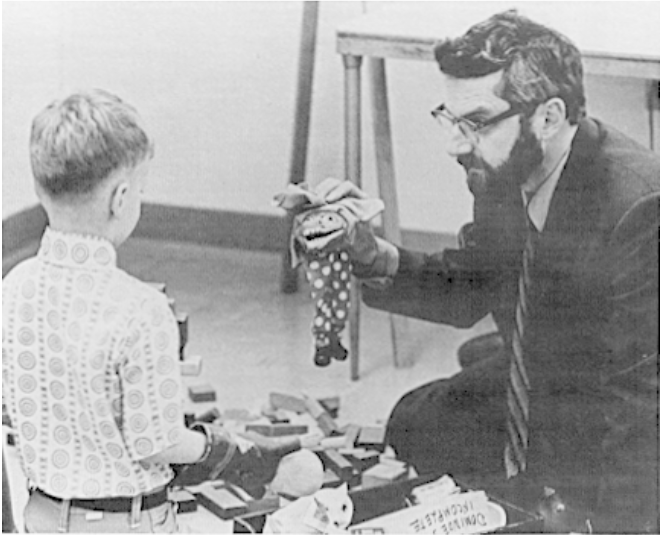Historical Perspectives
Session: Historical Perspectives
820 - From Cradle to Clinic: The Evolution of Pediatric Psychiatry
Sunday, April 27, 2025
8:30am - 10:45am HST
Publication Number: 820.4597
Nitin Ron, South Brooklyn Health, Staten Island, NY, United States; Manoj Chhabra, NewYork-Presbyterian Brooklyn Methodist Hospital, ridgewood, NJ, United States; Rachel Carpenter, Touro College of Osteopathic Medicine, Brooklyn, NY, United States; Gabriella E. Shapiro, Stony Brook University, Brooklyn, NY, United States

Nitin Ron, MD (he/him/his)
Attending Neonatologist
South Brooklyn Health
Staten Island, New York, United States
Presenting Author(s)
Background: The role of child psychiatry has evolved since the advent of the “troublesome child.” Many experts have attempted to create lasting solutions over the 19th and 20th centuries, with little communion on the most effective methodology. Fusion of psychology and psychiatry has emphasized both environmental and biological bases of childhood psychiatric disorders, with treatments ranging from institutionalization to lobotomies. With the current prevalence of childhood mental illness, the importance of a historical analysis of treatment and contextualization of pediatric psychiatry will help to pave the way for future studies and more effective treatment modalities.
Objective: Our objective is to understand the historical context of pediatric psychiatry and its range of treatments.
Design/Methods: We aim to accomplish this objective through through an extensive literature review, in order to elucidate gaps in current treatment and create a call to action for further investigation and study in the realm of childhood mental illness.
Results: Initially, barbaric procedures such as lobotomies were employed by Dr. Walter Jackson Freeman, alongside excessive restraint equipment such as straitjackets; used to restrain “violent” and “unruly” patients who were institutionalized. In the 20th century, sedatives like Methylphenidate and mood stabilizers like Lithium were also used as a way to silence children and make them “easier to deal with”. These and other such drugs were administered without knowledge of their side effects or efficacy, which in turn resulted to be both harmful and ineffective. New medications like Lexapro and Prozac better resolve symptoms of depression and anxiety without the more harmful side effects, supplemented with cognitive behavioral therapy, a mainstay of psychiatric treatment in the present day. On a larger scale, widespread societal shifts such as Italy’s Basaglia Law in 1978 closed psychiatric hospitals and promoted community care to allow people of all ages with psychiatric illnesses to feel integrated in society. There are widespread social movements in countries such as Spain and Scandinavia to place a heightened importance on “wellbeing” and “social inclusion”, in order to eliminate discriminatory stereotypes surrounding mental health in pediatric and adolescent populations. Over time, practices became more ethical and less persecutory with new treatment modalities like therapy and antidepressants.
Conclusion(s): The journey from past stigmatization and a lack of knowledge to effective care highlights the significance of continued progress in mental health.
Early Psychiatric Testing
 A doctor giving a psychometric test to a child in an early developmental clinic in 1975.
A doctor giving a psychometric test to a child in an early developmental clinic in 1975.Differing Modalities
 A psychiatrist using puppets as a tool to help a child explore their mental illness.
A psychiatrist using puppets as a tool to help a child explore their mental illness.Outdated Strategies
 A pediatric straitjacket that was used for patients in the 1900s.
A pediatric straitjacket that was used for patients in the 1900s.Early Psychiatric Testing
 A doctor giving a psychometric test to a child in an early developmental clinic in 1975.
A doctor giving a psychometric test to a child in an early developmental clinic in 1975.Differing Modalities
 A psychiatrist using puppets as a tool to help a child explore their mental illness.
A psychiatrist using puppets as a tool to help a child explore their mental illness.Outdated Strategies
 A pediatric straitjacket that was used for patients in the 1900s.
A pediatric straitjacket that was used for patients in the 1900s.
